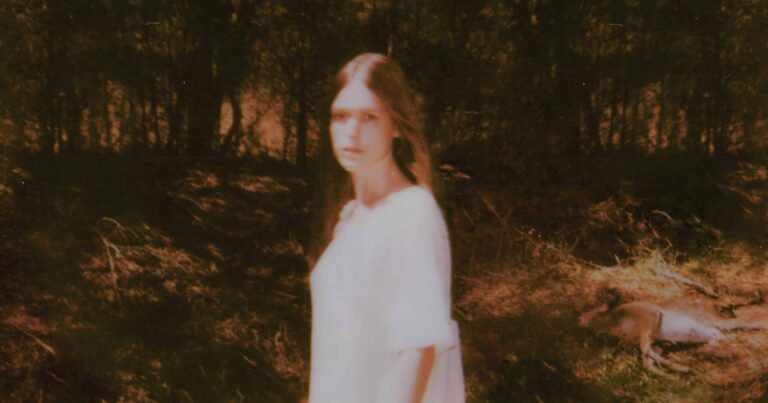Since ancient times until the present, art has been an essential component of society. However, over time, the value of art has diminished. Many students do not continue on to study the arts in college or university because subjects in schools like music, art, and drama have been marginalized.
What the world would be like without the beauty of paintings, music, dance, literature, and other forms of expression, however, should make us seriously consider the value of art. Many people ought to ask themselves, “Why is art important?” before dismissing the field as unimportant and irrelevant.
Why Is Arts Important For Humans
Don’t undervalue the value of the arts because without imagination and creativity, life would be rather dull and colorless. All forms of art allow us to express who we are and what we believe, and some even become a part of who we are. Even in schools where it is most necessary, many people do not take it seriously. Art is typically the first subject to be eliminated when budget cuts occur.
But is it wise to take this away, particularly at a time when young minds are developing and attempting to make sense of the world? Politics, linguistic, and cultural barriers are all transcended by art. It may be a means of nonverbal communication that unites people from various backgrounds.
Why Pursue A Degree In Arts, Culture, And Society
The degree program in Art, Culture & Society equips you to play a significant part in every aspect of the arts and culture industry, including theatre, museums, film, and festivals. Pursuing an art degree can expand your horizons and allow you to explore various forms of creative expression while gaining specialized skills. If you opt for an online program, you can expand your horizons and learn various forms of art. You can also use the power of the internet and equip yourself with study material and read notebanks for free.
The online arts degree program often uses an international strategy that incorporates contemporary modes of art and culture production, consumption, and distribution outside of and across national cultural boundaries. You receive training to use cutting-edge knowledge of policy, marketing, audiences, and education to establish new models for the management of arts and culture.
Importance Of Arts And Culture In Education
The demands of the modern world must be met by young people’s education because the world is changing too quickly. The arts and culture are essential components of comprehensive and intense training. The pandemic made people realize the value of life, and as a surprising change, people started getting more inclined toward learning arts and cultures.
While some reminisced about their old hobbies and took up new ones, a lot of people took it up a notch and enrolled for arts degrees. Recent research found that in 2020, 26.3% of EU students pursuing careers in the cultural sector were majoring in the arts, 9.7% in journalism and information studies, and 8.8% in architecture and town planning.
The strength of a top-notch education where the arts and culture are subjects is a prerequisite for America’s global structure, innovative culture, and entrepreneurial spirit.
Increased Student Engagement
Arts and culture are practical subjects with quick payouts because they emphasize positive changes. Education enables students to appreciate various aspects of society and comprehend how to interact with people in various contexts. Arts provide students with exceptional opportunities to demonstrate their abilities through genuine presentations and exhibitions.
These subjects aid students develop their ability to speak up for themselves and others and think critically. They offer platforms for connecting with others and using new knowledge, making learning interesting.
Encourages Students To Develop Positive Attitudes
In learning centers and elsewhere, the arts and culture help to promote positive attitudes, empathy, and more pro-social behaviors. It encourages students to develop positive attitudes, behaviors, and lifestyles. Arts and culture help people from different backgrounds understand and appreciate one another’s differences. They promote comprehension.
Lessons learned in these areas can be used to develop consistent positive behaviors and lifestyles. Life improvement and advancement require time. Students who study arts and culture learn that success in these fields requires adaptability and persistence.
Boosts Creativity
In the twenty-first century, one of the top skills that employers seek is creativity. Connecting the dots to come up with unique, useful solutions is a valuable skill for every employee, no matter what field or country they work in.
Students who receive an education that is rich in the arts outperform their peers who receive a limited or no art education in terms of valuations. The subjects offer greater flexibility and adaptability by creating a setting that fosters creativity. It is a necessary skill in a world that is changing quickly.
In education, creativity is very helpful, especially when writing various essays. Because their essays lack originality, many students look for essay help. You won’t encounter any difficulties finishing other papers that require your attention once you develop your abilities in this area.
Improves Critical Reasoning Abilities
The arts encourage sophisticated thinking that can be applied to other academic fields and beyond. Students use the abilities they have developed in the arts to perceive, interpret, and create various points of view in order to examine and synthesize data.
Because of current technology, students are exposed to a lot of data that needs to be scrutinized, so this is helpful. It aids them in locating relevant information required for their research projects.
Enhances Leadership Skills
The capacity for leadership is enhanced by involvement in the arts and cultural education. Learners develop a variety of skills, including decision-making, tactic development, thinking, and forecasting, which are essential for leadership and living a fulfilling life.
Culture fosters the strong sense of identity that students need to put their newly acquired skills to good use. Students gain self-assurance and realize there are many meaningful ways they can influence the world.
Makes Students Understand The Importance Of Teamwork
Another crucial skill that students need to develop in school is teamwork. It can be difficult to communicate and advance when working with individuals from different cultural backgrounds. Students can respect everyone and cooperate for shared objectives by learning about the culture. The study also aids in dispelling untrue myths about various cultures. Culture offers learners the sense of community they crave.
The creation of art, however, involves students and transforms them into contributing members of society. It enables them to cooperate for the greater good. Students learn about teamwork when they collaborate to create an artistic project. Arts and culture foster community among students, enhancing school safety and improving learning environments.
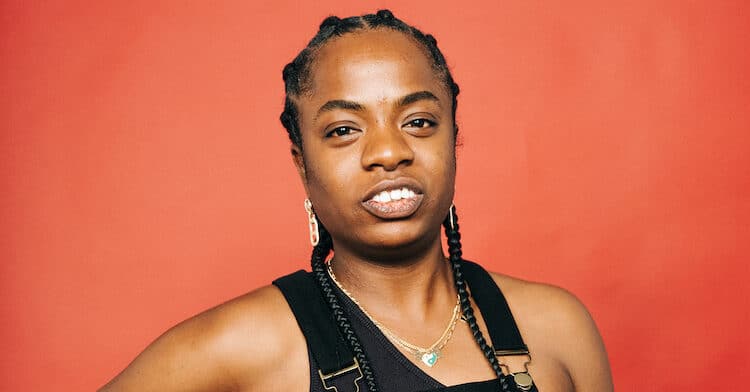
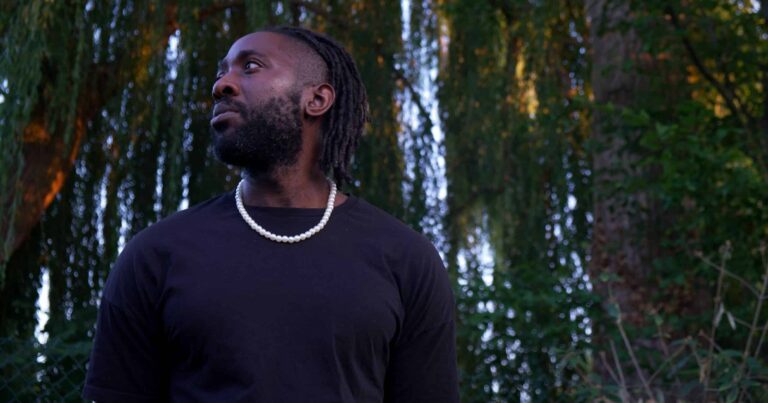
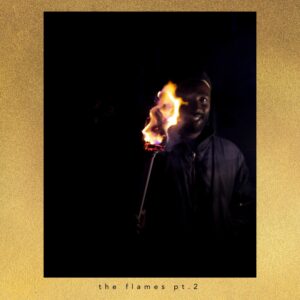
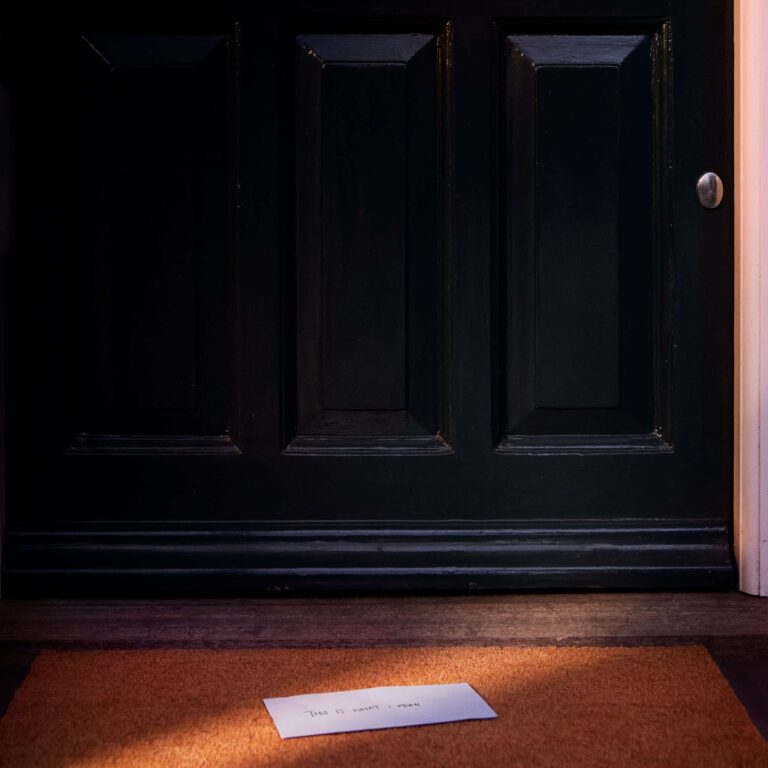
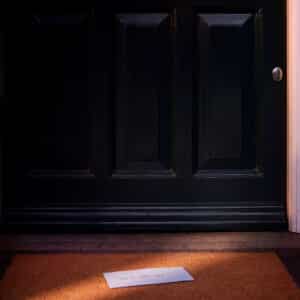 Stormzy is back with his third album,
Stormzy is back with his third album, 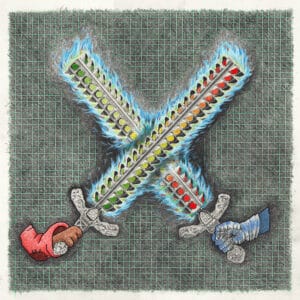 Fievel Is Glauque, the rotating international ensemble helmed by New York-based pianist Zach Phillips and French-Belgian singer Ma Clément, have released their studio debut. While last year’s compilation God’s Trashmen Sent to Right the Mess was primarily composed by Phillips,
Fievel Is Glauque, the rotating international ensemble helmed by New York-based pianist Zach Phillips and French-Belgian singer Ma Clément, have released their studio debut. While last year’s compilation God’s Trashmen Sent to Right the Mess was primarily composed by Phillips, 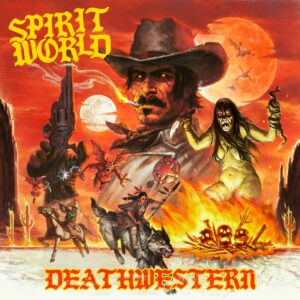 SpiritWorld have released their sophomore album,
SpiritWorld have released their sophomore album, 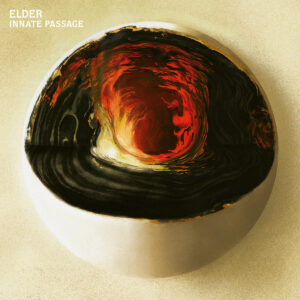 Elder have dropped their latest album, Innate Passage, via
Elder have dropped their latest album, Innate Passage, via 


